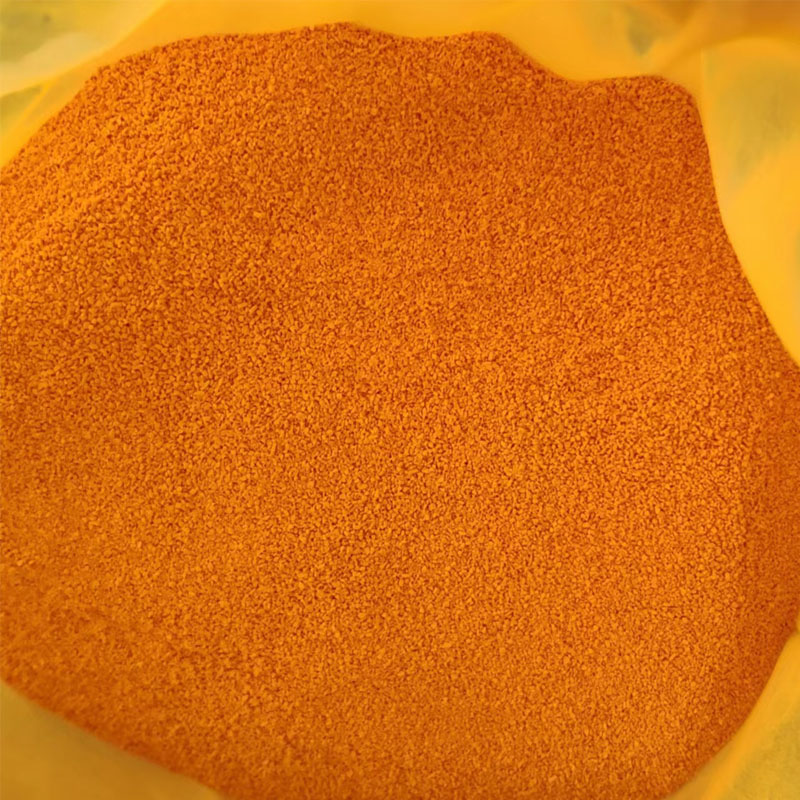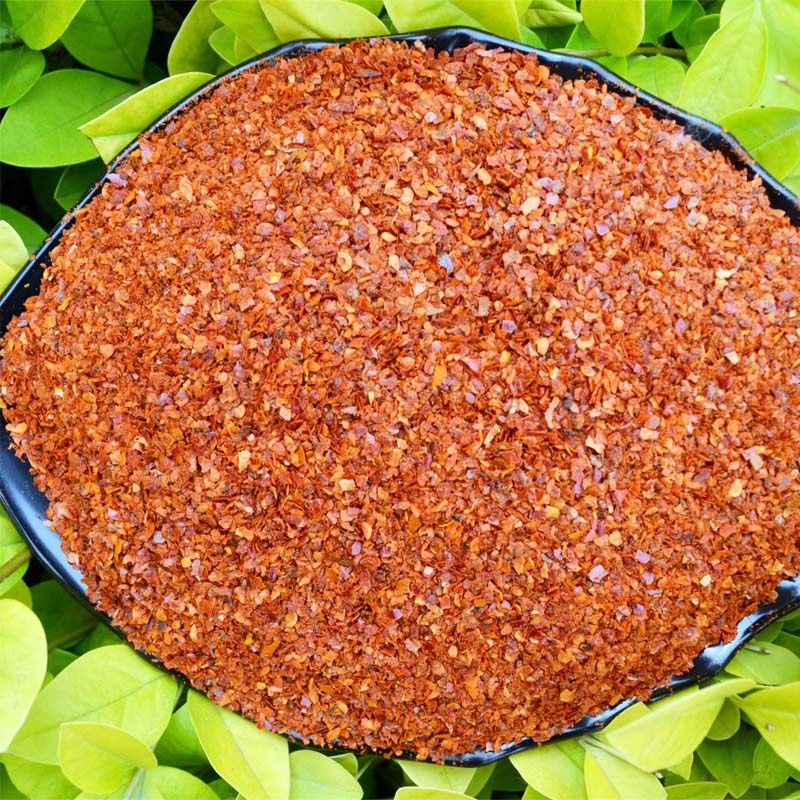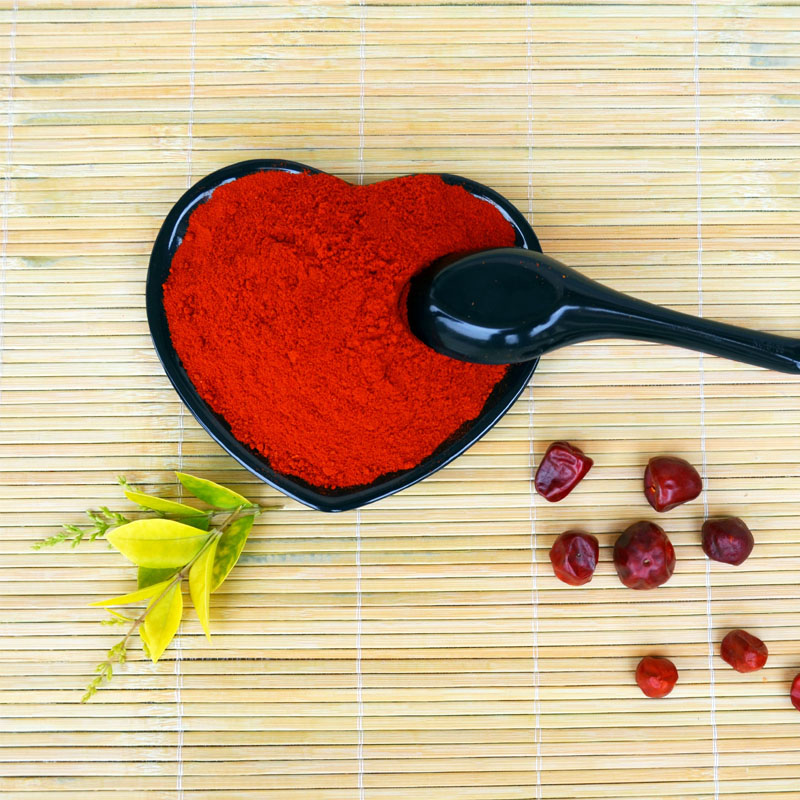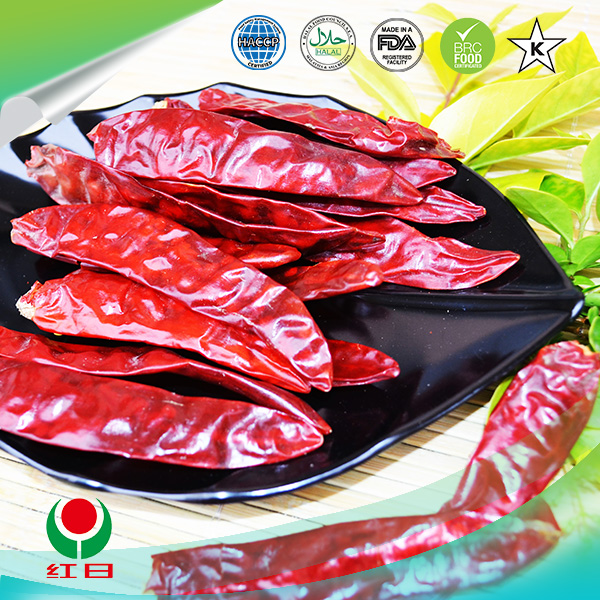- No. 268 Xianghe Street, Economic Development Zone of Xingtai city, Hebei 054001 China
- Byron@hbhongri.cn
Exploring the Culinary Uses and Benefits of Red Pepper Powder in Cooking
The Vibrant World of Red Pepper Powder A Culinary Delight
Red pepper powder, often referred to as paprika, cayenne pepper, or simply red chili powder, is a bustling staple in kitchens around the world. This vibrant spice not only adds color and flavor to dishes but also brings a host of health benefits that make it a cherished ingredient in culinary traditions ranging from Asian to Mediterranean cuisines.
The Varieties of Red Pepper Powder
Red pepper powder comes in various forms, each with its unique flavor profile and heat level. The most commonly known types include sweet paprika, made from ground sweet red peppers, and cayenne pepper, which packs a fiery punch derived from smaller, hotter varieties of chili peppers. Other regional variations, such as smoked paprika from Spain, add a distinct, smoky flavor that can elevate a dish to new heights.
Understanding the different types of red pepper powder is essential for anyone looking to enhance their cooking. Sweet paprika adds a subtle sweetness and is often used in dishes like deviled eggs or potato salads. On the other hand, cayenne pepper can transform a bland meal into one bursting with heat and flavor, making it perfect for spicy sauces and marinades.
Nutritional Benefits
Beyond its culinary appeal, red pepper powder is also known for its numerous health benefits. The main active compound in red pepper is capsaicin, which has been studied for its potential health-promoting properties. Capsaicin is believed to boost metabolism, aid in weight loss, and help reduce pain and inflammation.
Moreover, red pepper powder is rich in vitamins and minerals, particularly vitamin C and vitamin A
. Vitamin C is vital for immune function, skin health, and wound healing, while vitamin A plays a crucial role in vision and overall health. Antioxidants found in red pepper powder help combat oxidative stress, which can contribute to various chronic diseases.red pepper powder
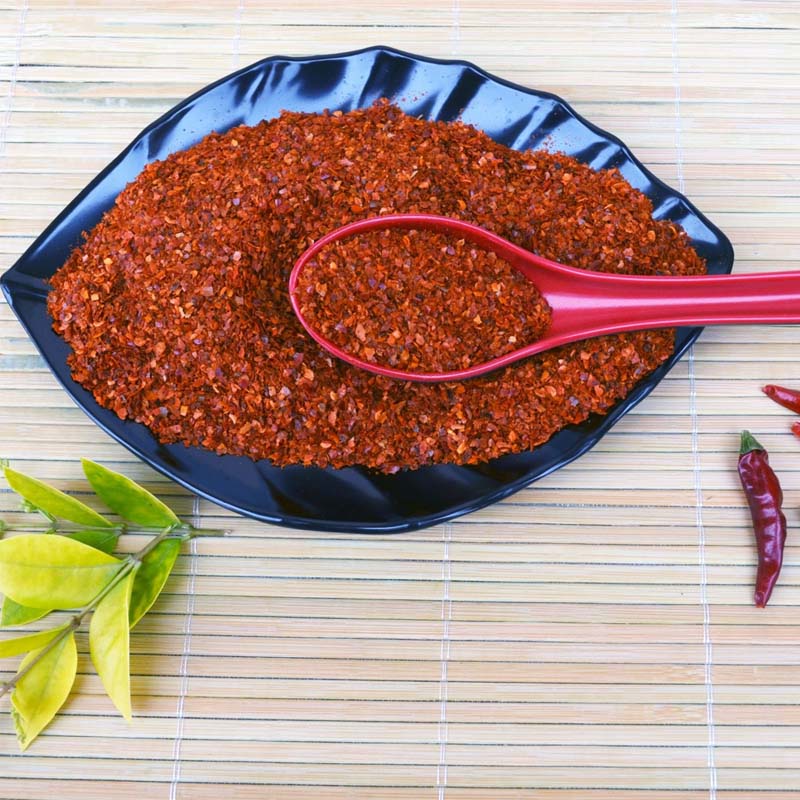
Culinary Uses
Incorporating red pepper powder into your cooking can be a game-changer. From seasoning meats to spicing up soups, this versatile ingredient can be used in a variety of ways. It can be sprinkled over roasted vegetables for added flavor, blended into sauces for a hint of heat, or mixed into dry rubs for meats, producing a savory finish that delights the palate.
For those looking to experiment, try adding red pepper powder to marinades or salad dressings. A teaspoon of cayenne can awaken the flavors of a grilled chicken breast, while paprika can enrich the color and taste of dishes like goulash or paella. It's essential, however, to balance the amount used, as red pepper powder can quickly overpower other flavors if not measured carefully.
Storing Red Pepper Powder
To ensure the longevity and potency of red pepper powder, it should be stored in a cool, dark place, away from direct sunlight and moisture. Properly stored, it can last for several months while maintaining its flavor. Using airtight containers can also help in preserving the freshness and aroma of the spice.
Conclusion
In conclusion, red pepper powder is more than just a spice; it is a vibrant addition that brings flavor, color, and health benefits to dishes worldwide. Its various forms and uses in culinary traditions make it an indispensable ingredient for both home cooks and professional chefs. By understanding its varieties, health benefits, and culinary applications, anyone can take their cooking to the next level. Whether you’re sprinkling paprika on a dish to add color or adding cayenne pepper to crank up the heat, red pepper powder is sure to keep your meals exciting and flavorful. So next time you reach for that spice jar, remember the rich world of red pepper powder waiting to enhance your culinary creations!
-
Turmeric Rhizome Powder: A Golden Treasure from Roots to TableNewsJul.28,2025
-
The Versatile Application Of Crushed Red Hot Peppers: Lighting Up The Red Flames On The Dining TableNewsJul.28,2025
-
The Paprika: A Touch Of Vibrant Red In Color, Flavor, And CultureNewsJul.28,2025
-
Ground Turmeric: A Modern Examination of an Ancient SpiceNewsJul.28,2025
-
Capsicum Liquid Extract: Features, Applications, and ChallengesNewsJul.28,2025
-
Application of Capsicum Liquid Extract in FoodNewsJul.28,2025
